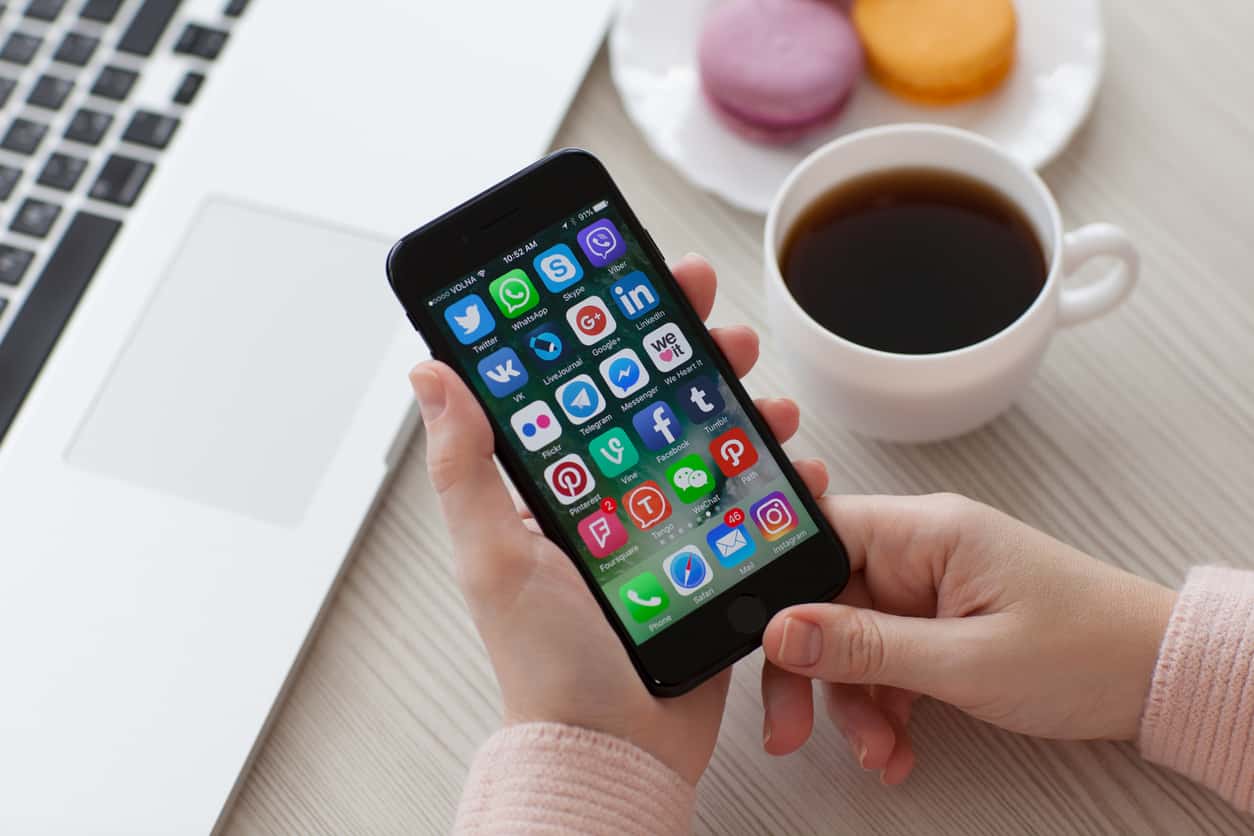Apps have become an integral part of any marketing strategy but getting customers to engage with your app can become a concern for most marketers. App engagement and retention has become a bit of a challenge as is evident in marketing surveys – the engagement rate dips from 91% in the first day to 31% in the seventh day. In fact, only 7.5% of users engage with new apps after the first month.
Since acquiring new users cost significantly to the companies, without effective retention strategies the ROI cannot be good. So what are the top tricks for making your app stand out? Especially with businesses of all kinds and size competing to take up the lion’s share of the customer’s screentime?
In this article, we are going to talk about retention strategies that have worked well and showed results every time.
What is Mobile App Engagement?
Mobile app engagement refers to all the interactive activities that a user has with the app. This could include all kinds of activities on the app, the rate at which the user engages with the app and more. Mobile app engagement helps to determine the ROI on the app development and customer acquisition costs. How a user interacts with your app, how often do they interact with it, if they are engaging with it- all these various metrics help businesses gauge their mobile strategy’s success or failure.
Also read, Successful mobile marketing Strategies.
Why SEO is important, especially now.
For any marketer, the following mobile app engagement metrics are crucial:
Number of Downloads: This is the number of times your app gets downloaded. The more number of times the app gets downloaded, the more users you have. However, to avoid vanity metrics, track the number of repeated downloads for the same user.
Active Users: This refers to the number of people using your app consistently. The number of active users is the key to understand how well the app is faring with new users.
Session Duration: This is the amount of time someone spends on your on any particular interaction. The average session duration determines how much screentime they are alloting for your app.
Session Interval: This number refers to the number of times a user opens your app to interact with it. It is measured by time between two consecutive sessions.
Lifetime revenue: This number refers to the total amount of revenue that you generate from any particular customer before they stop using the app altogether. This is usually measured in terms of the monthly average of either advertising revenue or purchase value per user.
It is important to measure your mobile app engagement metrics. These metrics are your holy grail to monitor the growth of your marketing ROI and get a clear picture of your progress. These numbers will help your align your business goals and efforts better.
Top App Engagement and User Retention Strategies
- Optimised Onboarding: The basic and the most important step towards building successful app engagement and retention is by making the onboarding process smooth. Keep the process simple and intuitive to encourage users to download and start using the app right away. The more complicated the onboarding process is, the more likely is the user to abandon the app. Reduce the number of steps to create the account or sign up while logging into the app for the first time. Offer them multiple registration options through Facebook, google or more. Familiarise them with the app by offering them feature education throughout the onboarding process. However, don’t overload the user with excess knowledge but teach through action.
- Push Notifications: Push notifications are your chance of acknowledging the user properly and get them to know your brand better. Personalise this experience for them. Think of it as your way to offer a 1:1 with your brand. Instead of making it a one-way channel make it a two-way communication because if you are not using your push notifications smartly, your users won’t be returning to the app time and again. Surveys show that users who get a personalised brand experience are more likely to interact with the app and return for 11 or more sessions.
Whether it is keeping them informed about the app and your brand activities or encouraging them to use the app, push notifications need to be click-worthy. Push notifications play an important role in strategising the customer journey – making the experience more relevant for them. Push notifications are also an excellent way of retargeting old customers who have fallen out of the conversion funnel. App abandonment can be reduced to a large extent by following the correct strategy for push notifications. - Optimised App Quality: Your app is your tool to get to know your customers and give them a chance to get to know your brand so it is extremely important to your app robust and effective. A slow app with frequent bugs will never appeal to your customers. We know that apps are seldom without minor bugs and can often have some difficulties during launch. However, you can overcome these roadblocks easily through regular testing and quality assurance processes.
It is important to keep the app bug free and optimise its performance to reduce crashes, slow loading time or other kinds of lags as this can not just provoke users to abandon the app but also impact all the marketing metrics from app engagement. - Incentivise Your App: Offering customers rewards, and other kinds of incentives is a great way to keep them hooked to your app. If your business model allows you to offer regular incentives then build loyalty programs and other such engaging opportunities. Apps that use in-app purchasing as a monetisation model can benefit from time-sensitive discounts, and freemium apps can use rewards as incentives.
- Understand Your Market: Understanding your audience is the key to develop a successful engagement and retention strategy. Apps become successful the moment they are able to create habit-forming behaviours in their audience. Apps like Facebook, Instagram, Uber are constantly researching their audience’s pain points and coming up with solutions to address those. Eventually, when the audience gets what they are looking for, they tend to form a habit of going back to the app.
Retaining app users and growing your community is a significant part of any marketing strategy. Converting your users to loyal long term customers showcases your brand better and generates more revenue. Follow the above-mentioned strategies to stay ahead of the competition and increase the lifetime value of your target group. For more such mobile marketing strategies, check out the 3- month Digital Marketing Course from Great Learning programs.





